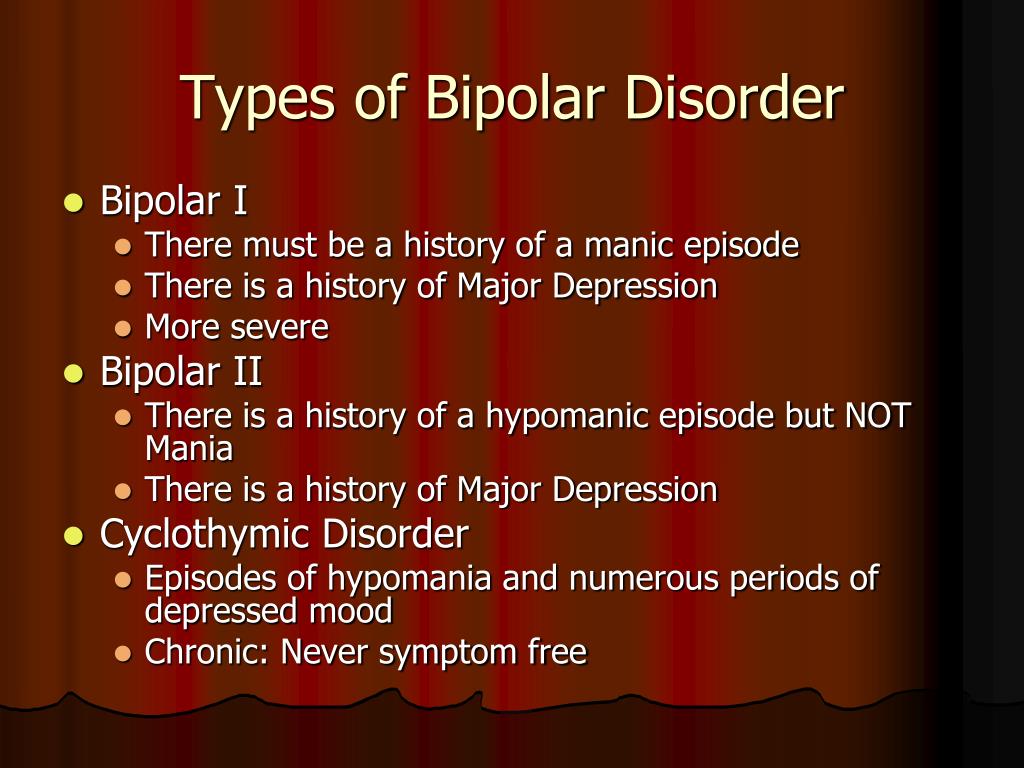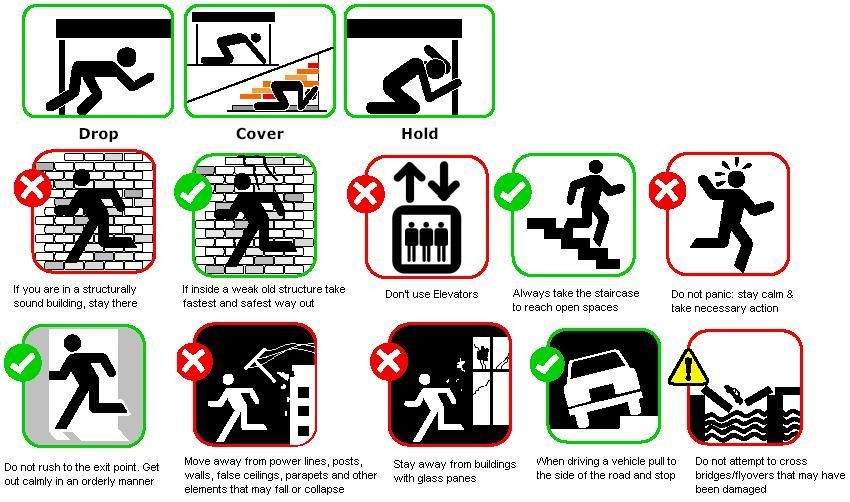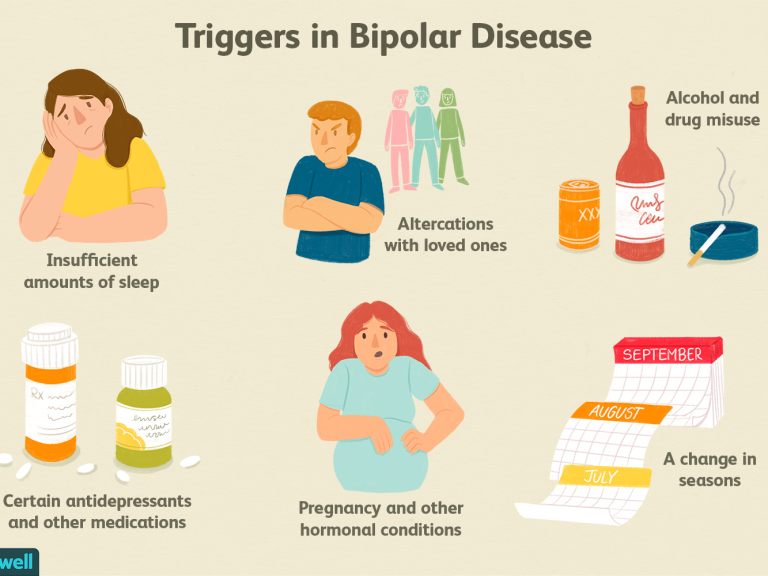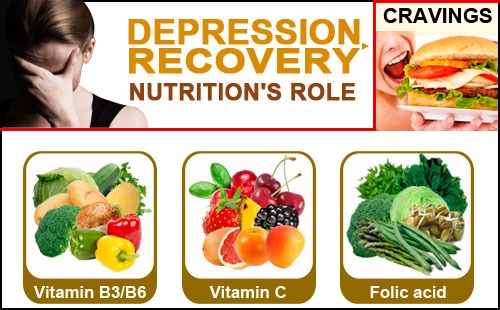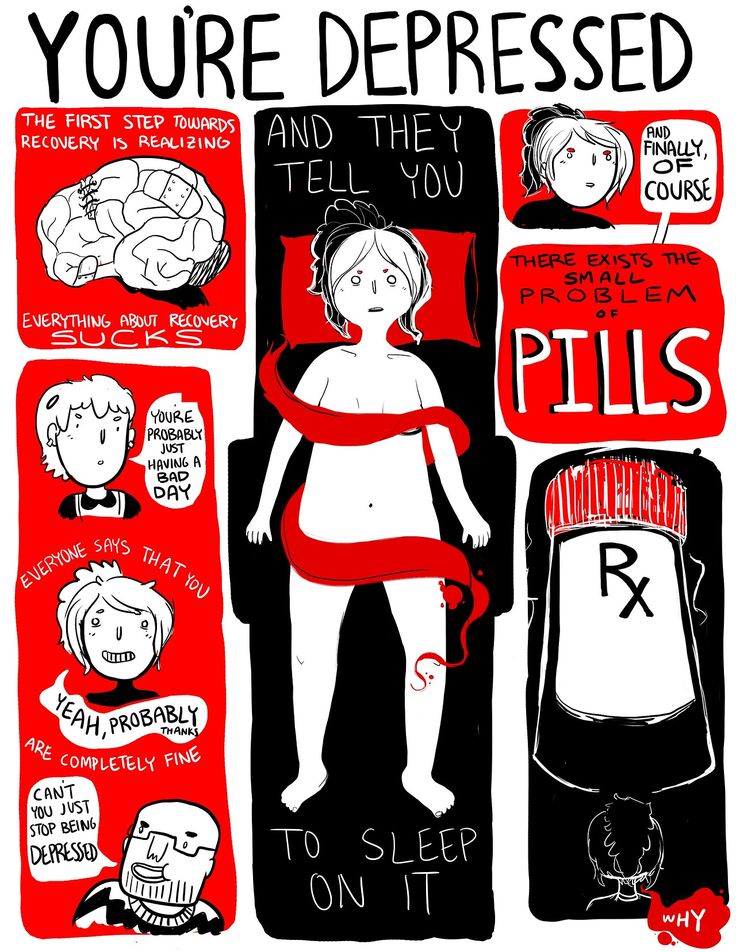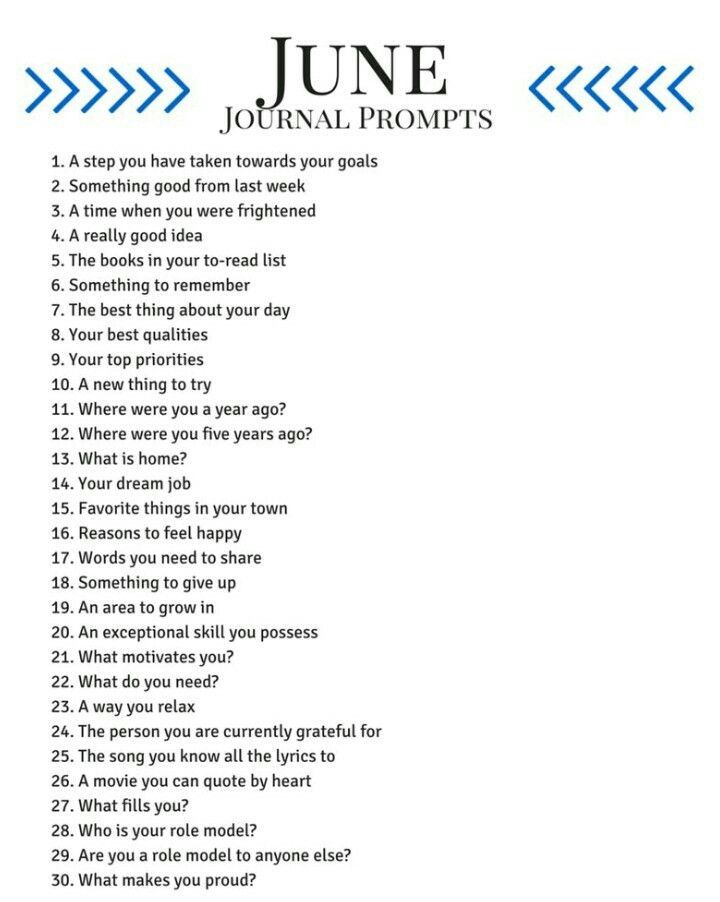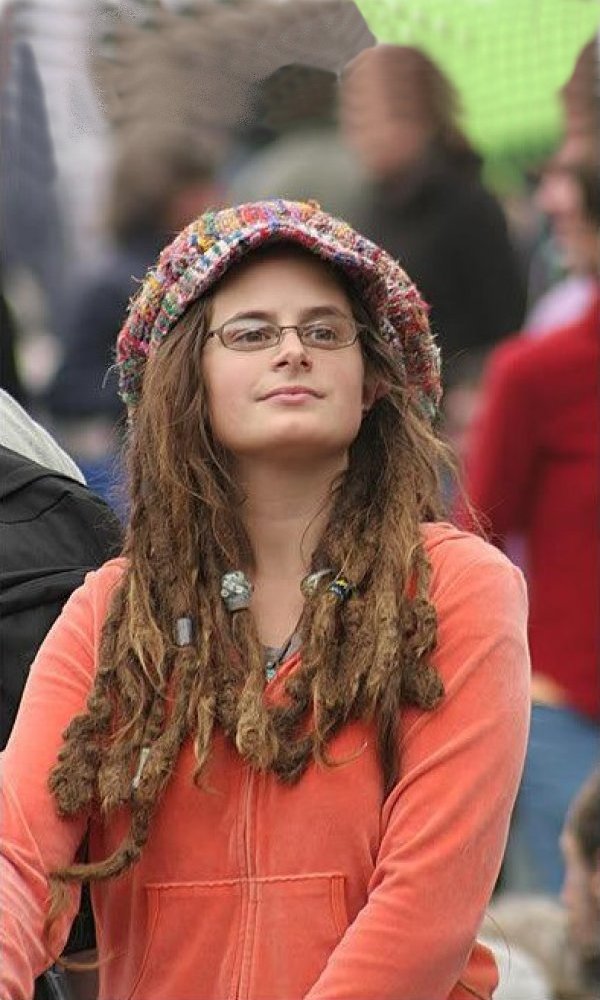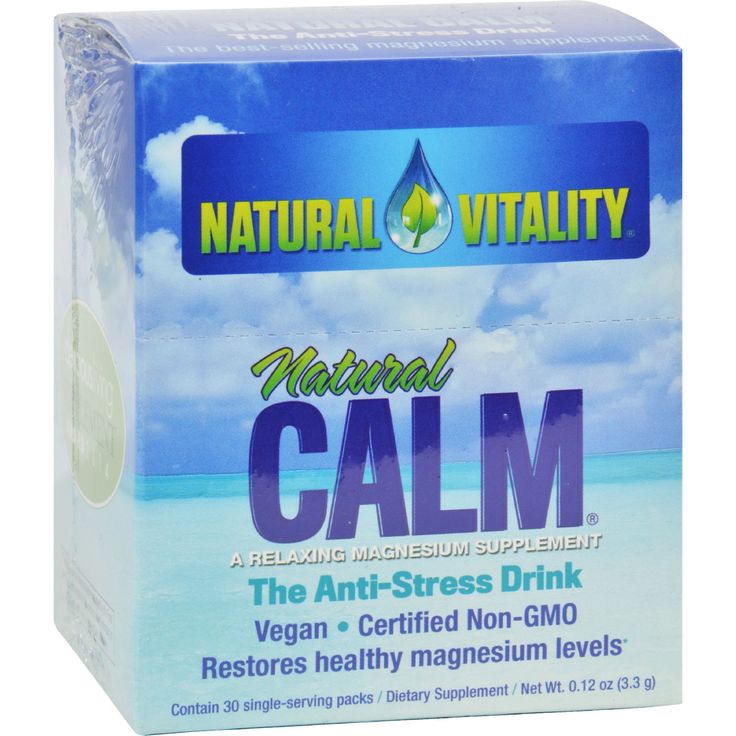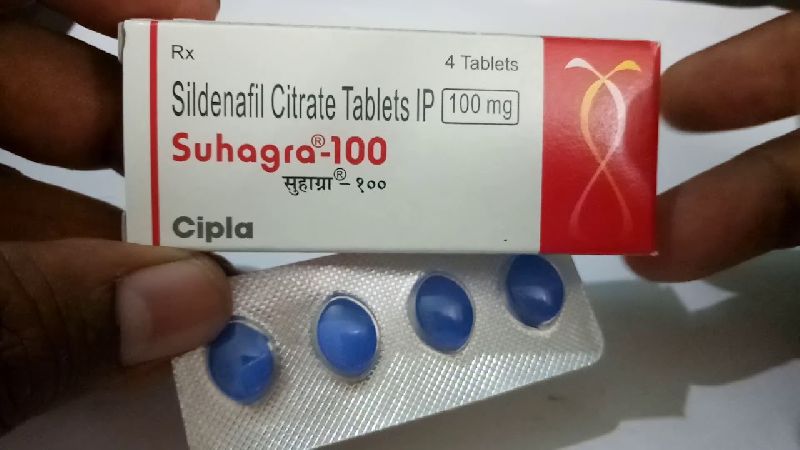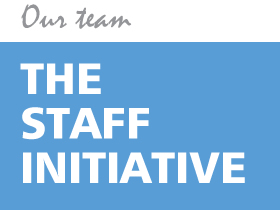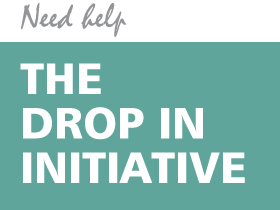Bipolar mixed icd 10
Bipolar disorder, current episode mixed, unspecified
- ICD-10-CM Codes ›
- F01-F99 ›
- F30-F39 ›
- F31- ›
- 2023 ICD-10-CM Diagnosis Code F31.60
Bipolar disorder, current episode mixed, unspecified
- 2016 2017 2018 2019 2020 2021 2022 2023 Billable/Specific Code
- F31.60 is a billable/specific ICD-10-CM code that can be used to indicate a diagnosis for reimbursement purposes.
- The 2023 edition of ICD-10-CM F31.60 became effective on October 1, 2022.
- This is the American ICD-10-CM version of F31.60 - other international versions of ICD-10 F31.60 may differ.
The following code(s) above F31. 60 contain annotation back-references
Annotation Back-References
In this context, annotation back-references refer to codes that contain:
- Applicable To annotations, or
- Code Also annotations, or
- Code First annotations, or
- Excludes1 annotations, or
- Excludes2 annotations, or
- Includes annotations, or
- Note annotations, or
- Use Additional annotations
that may be applicable to F31.60:
- F01-F99
2023 ICD-10-CM Range F01-F99
Mental, Behavioral and Neurodevelopmental disorders
Includes
- disorders of psychological development
Type 2 Excludes
- symptoms, signs and abnormal clinical laboratory findings, not elsewhere classified (R00-R99)
- F31
ICD-10-CM Diagnosis Code F31
Bipolar disorder
- 2016 2017 2018 2019 2020 2021 2022 2023 Non-Billable/Non-Specific Code
Includes
- bipolar I disorder
- bipolar type I disorder
- manic-depressive illness
- manic-depressive psychosis
- manic-depressive reaction
- seasonal bipolar disorder
Type 1 Excludes
- bipolar disorder, single manic episode (F30.
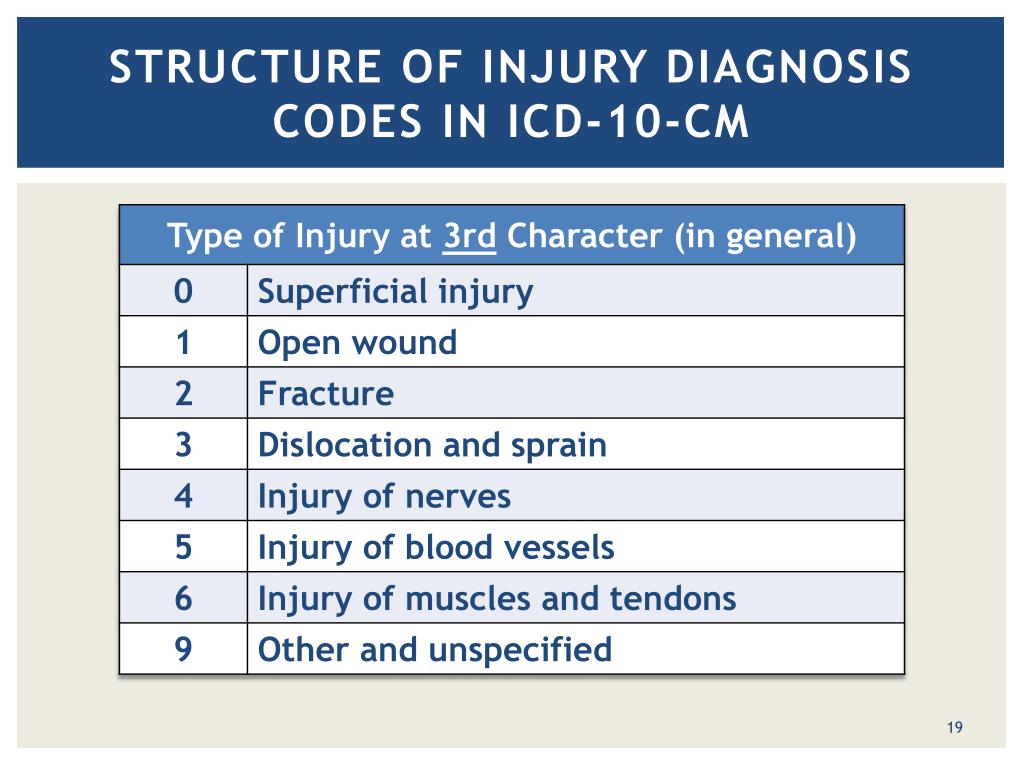 -)
-) - major depressive disorder, single episode (F32.-)
- major depressive disorder, recurrent (F33.-)
Type 2 Excludes
- cyclothymia (F34.0)
Approximate Synonyms
- Bipolar 1 disorder, mixed
- Bipolar disorder
- Mixed bipolar i disorder
- Rapid cycling bipolar i disorder
ICD-10-CM F31.60 is grouped within Diagnostic Related Group(s) (MS-DRG v40.0):
- 885 Psychoses
Convert F31.60 to ICD-9-CM
Code History
- 2016 (effective 10/1/2015) : New code (first year of non-draft ICD-10-CM)
- 2017 (effective 10/1/2016): No change
- 2018 (effective 10/1/2017): No change
- 2019 (effective 10/1/2018): No change
- 2020 (effective 10/1/2019): No change
- 2021 (effective 10/1/2020): No change
- 2022 (effective 10/1/2021): No change
- 2023 (effective 10/1/2022): No change
Diagnosis Index entries containing back-references to F31.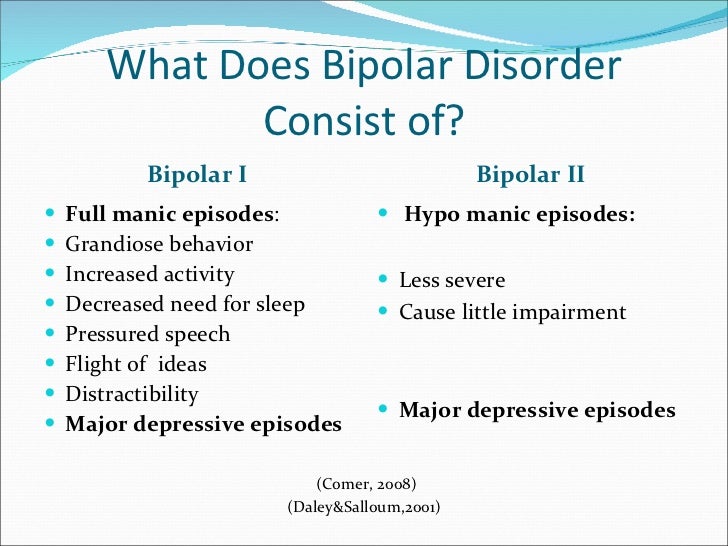 60:
60:
ICD-10-CM Codes Adjacent To F31.60
F31.12 …… moderate
F31.13 …… severe
F31.2 Bipolar disorder, current episode manic severe with psychotic features
F31.3 Bipolar disorder, current episode depressed, mild or moderate severity
F31. 30 …… unspecified
30 …… unspecified
F31.31 Bipolar disorder, current episode depressed, mild
F31.32 Bipolar disorder, current episode depressed, moderate
F31.4 Bipolar disorder, current episode depressed, severe, without psychotic features
F31.5 Bipolar disorder, current episode depressed, severe, with psychotic features
F31.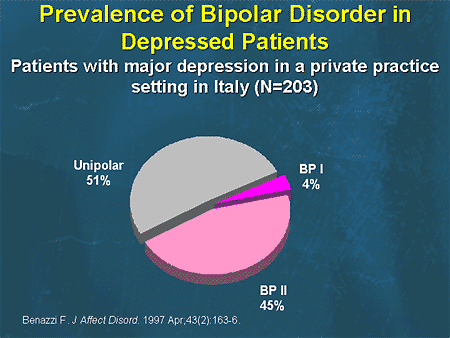 6 Bipolar disorder, current episode mixed
6 Bipolar disorder, current episode mixed
F31.60 …… unspecified
F31.61 …… mild
F31.62 …… moderate
F31.63 …… severe, without psychotic features
F31.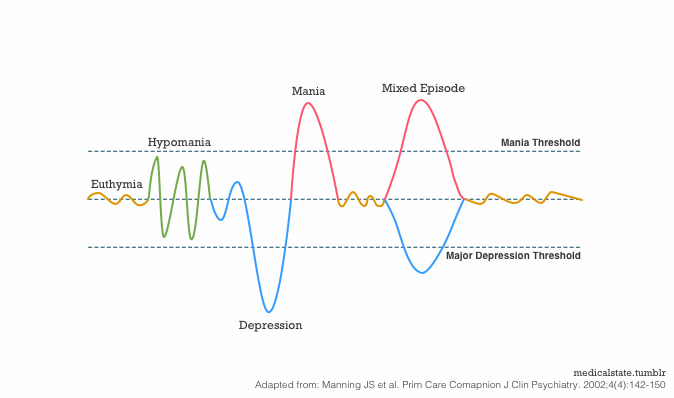 64 …… severe, with psychotic features
64 …… severe, with psychotic features
F31.7 Bipolar disorder, currently in remission
F31.70 …… most recent episode unspecified
F31.71 Bipolar disorder, in partial remission, most recent episode hypomanic
F31.72 Bipolar disorder, in full remission, most recent episode hypomanic
F31. 73 Bipolar disorder, in partial remission, most recent episode manic
73 Bipolar disorder, in partial remission, most recent episode manic
F31.74 Bipolar disorder, in full remission, most recent episode manic
Reimbursement claims with a date of service on or after October 1, 2015 require the use of ICD-10-CM codes.
Bipolar disorder, in partial remission, most recent episode mixed
F31.63 …… severe, without psychotic features
F31.64 …… severe, with psychotic features
F31.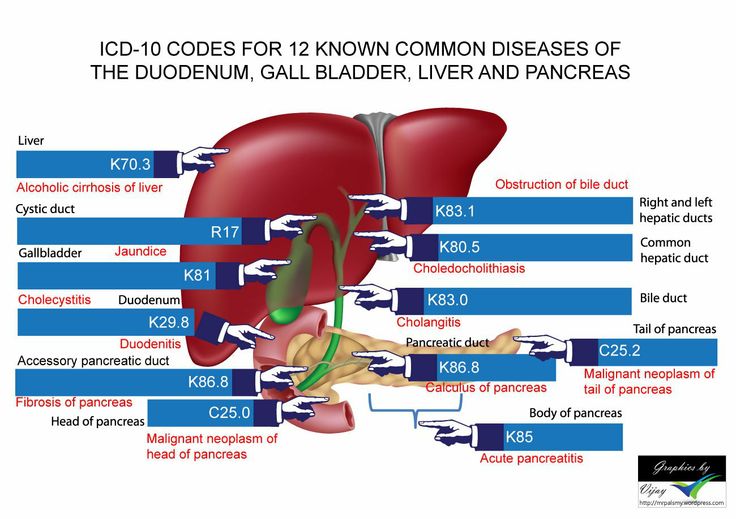 7 Bipolar disorder, currently in remission
7 Bipolar disorder, currently in remission
F31.70 …… most recent episode unspecified
F31.71 Bipolar disorder, in partial remission, most recent episode hypomanic
F31.72 Bipolar disorder, in full remission, most recent episode hypomanic
F31.73 Bipolar disorder, in partial remission, most recent episode manic
F31. 74 Bipolar disorder, in full remission, most recent episode manic
74 Bipolar disorder, in full remission, most recent episode manic
F31.75 Bipolar disorder, in partial remission, most recent episode depressed
F31.76 Bipolar disorder, in full remission, most recent episode depressed
F31.77 Bipolar disorder, in partial remission, most recent episode mixed
F31.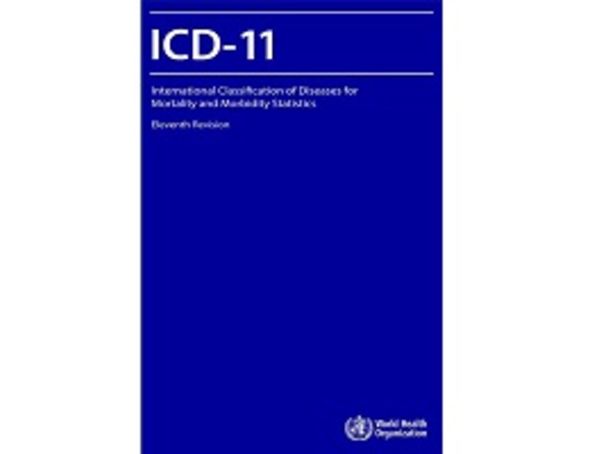 78 Bipolar disorder, in full remission, most recent episode mixed
78 Bipolar disorder, in full remission, most recent episode mixed
F31.8 Other bipolar disorders
F31.81 Bipolar II disorder
F31.89 Other bipolar disorder
F31.9 Bipolar disorder, unspecified
F32 Depressive episode
F32. 0 Major depressive disorder, single episode, mild
0 Major depressive disorder, single episode, mild
F32.1 Major depressive disorder, single episode, moderate
F32.2 Major depressive disorder, single episode, severe without psychotic features
F32.3 Major depressive disorder, single episode, severe with psychotic features
Reimbursement claims with a date of service on or after October 1, 2015 require the use of ICD-10-CM codes.
Therapy of Bipolar Affective Personality Disorder at the Allianz Central Medical Health Center
Bipolar affective disorder (BAD) is a mental illness with alternating phases of inadequately elevated (mania, manic phase) and severely reduced (depression, depressive phase) mood.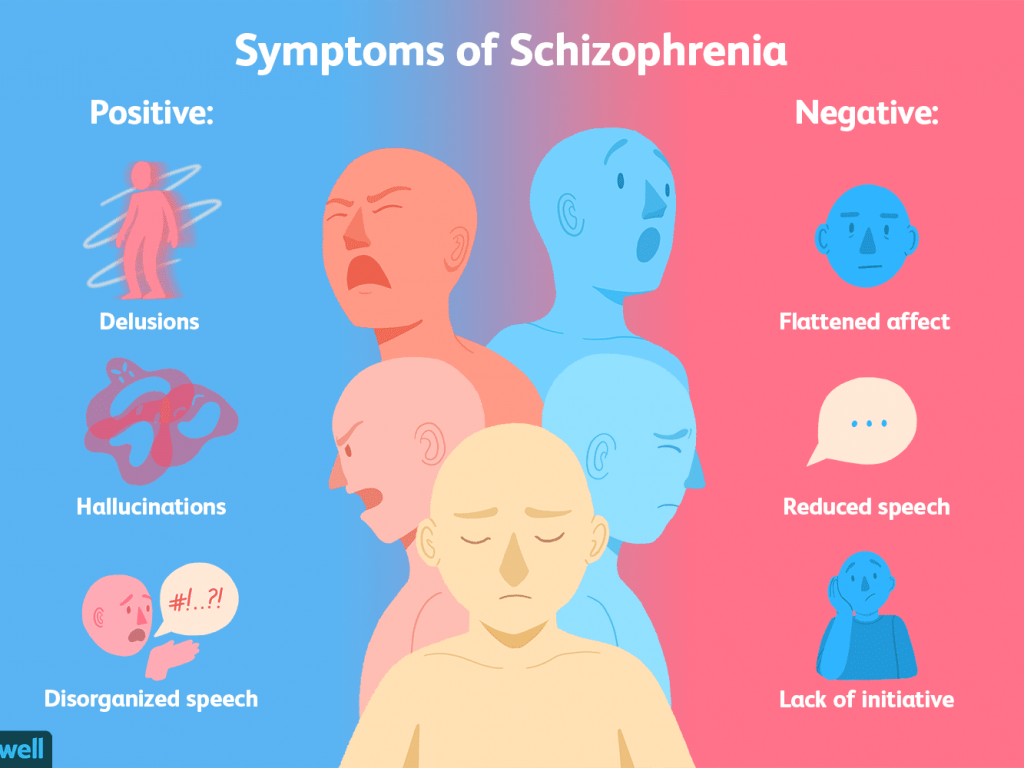
What is Bipolar Personality Disorder?
Unlike a change in mood in a healthy person or emotional lability, bipolar disorder is a disease with an inadequate assessment of the environment, the inability to work, and even a threat to life in the form of suicide. Diagnosis and treatment is carried out by a psychiatrist or psychotherapist. nine0003
Important
The life of a person with BAD is divided into "streaks": for several months - a dark streak of impenetrable melancholy and depression, then a few more - a bright streak of mania, euphoria, carelessness. And so on to infinity, if you do not ask for help.
The causes and mechanisms of the development of the disease are still unknown. Doctors only know that bipolar disorder is more common in people whose relatives already had patients with bipolar disorder or other affective disorders (depression, dysthymia, cyclothymia). That is, genetic and hereditary factors are involved in the development of the disease. nine0003
nine0003
Bipolar disorder is an endogenous disease. This means that it can develop for no apparent reason. Even if the first episode was associated with an external influence (stress, physical or mental overstrain, infectious or other disease of the body), it was most likely a trigger that showed a hidden predisposition.
Patients who have begun a depressive phase (bipolar depression) say: the night before, everything was fine, but the next morning I woke up - I don’t want to live. nine0003
After the first attack, the role of external factors decreases, new attacks appear "from scratch". So patients who have begun a depressive phase (bipolar depression) say: the night before, everything was fine, but the next morning I woke up - I don’t want to live. Therefore, even if you protect a person from stress and overload, the disease will not recede - you need to be treated.
Bipolar affective disorder ICD-10 (International Classification of Diseases) describes in the section "Mood Disorders" (synonymous with affective disorders).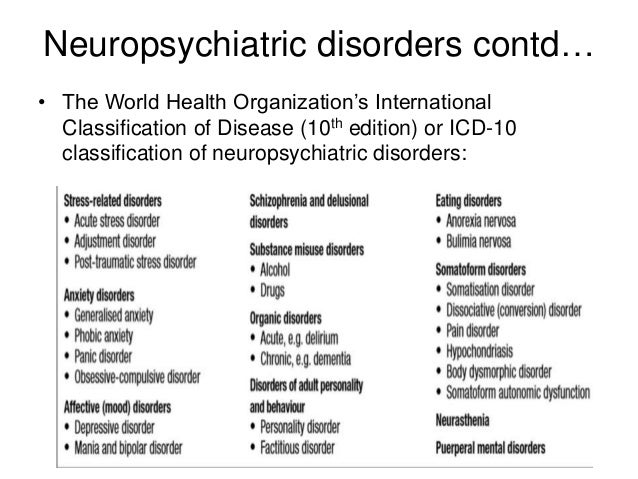 Variants of the development of the disease and symptoms are described in the next part. nine0003
Variants of the development of the disease and symptoms are described in the next part. nine0003
Bipolar affective personality disorder symptoms
The old name for bipolar affective disorder is manic-depressive psychosis (MDP). Now it is considered incorrect, since BAD is not always accompanied by gross violations of mental processes, as in psychosis.
Bipolar affective disorder in ICD-10 corresponds to heading F31, which includes:
- F31.0 Bipolar affective disorder, current episode of hypomania; nine0032
- F31.1 Bipolar affective disorder, current episode of mania without psychotic symptoms;
- F31.2 Bipolar affective disorder, current episode of mania with psychotic symptoms;
- F31.3 Bipolar affective disorder, current episode of mild or moderate depression;
- F31.4 Bipolar affective disorder, current episode of severe depression without psychotic symptoms;
- F31.5 Bipolar affective disorder, current episode of severe depression with psychotic symptoms; nine0032
- F31.
 6 Bipolar affective disorder, current episode mixed;
6 Bipolar affective disorder, current episode mixed; - F31.7 Bipolar affective disorder, current remission;
- F31.8 Other bipolar affective disorders;
- F31.9 Bipolar affective disorder, unspecified.
The very word "bipolar" says that during an illness, a person's emotional state changes between two poles - from mania to depression. nine0003
The manic phase is characterized by a triad of main symptoms:
- elevated mood - often, if not always, for no reason;
- motor excitation - movements are impetuous, a person cannot sit still, grabs everything in a row;
- ideational-psychic excitement - jumps from topic to topic, speech is accelerated, to the point that it becomes difficult to make out.
In addition, it is typical: nine0003
- the need for sleep decreases - a person sleeps for several hours (2-3) or is generally awake all the time;
- increased sexual desire and sexual activity;
- sometimes there are irritability and anger, up to aggression;
- overestimation of one's own abilities - a person may claim that he has superpowers, that he has invented a "cure for all diseases" or that he is actually a relative of famous, high-ranking people.
 nine0032
nine0032
The depressive phase of bipolar affective disorder lasts longer than the manic phase (without treatment, on average, about 6 months) and is characterized by signs of endogenous depression of varying severity:
- low, depressed mood;
- slow thinking - there are few thoughts in the head, such a person speaks slowly, answers after a pause;
- motor retardation - movements are slow, the patient can lie in bed for days in a monotonous position; nine0032
- sleep disorders - restless sleep, lack of a feeling of rest in the morning or constant drowsiness;
- decrease or loss of appetite;
- anhedonia - loss of the ability to experience pleasure, loss of interest in hobbies, hobbies, communication with friends and family;
- in especially severe cases - suicidal thoughts and intentions.
Important
A person who is successful in every sense - family, friends, career - because of illness ceases to see the meaning in everything, forgets what it is like to enjoy life, and constantly thinks about how to end his suffering. nine0003
nine0003
In addition, mixed affective episodes can be observed when the patient simultaneously has signs of mania and depression. For example, low mood, melancholy and self-deprecating thoughts can be combined with motor anxiety, a euphoric state with motor retardation.
A bipolar person completely lacks criticism of his condition, he is not able to adequately assess the consequences of his actions. During any episode of BAD, regardless of its polarity, a person's actions can take on a rash, risky nature, pose a threat to the life and health of himself and other people. nine0003
Both during the depressive and during the manic phase, the patient needs professional medical help.
Bipolar affective disorder is diagnosed by a psychotherapist or psychiatrist, together with a clinical psychologist. In addition to a clinical and anamnestic examination by a specialist (a conversation with a doctor), if possible and if there are indications, laboratory and instrumental methods are used (blood tests, EEG, MRI / CT, Neurotest, Neurophysiological test system).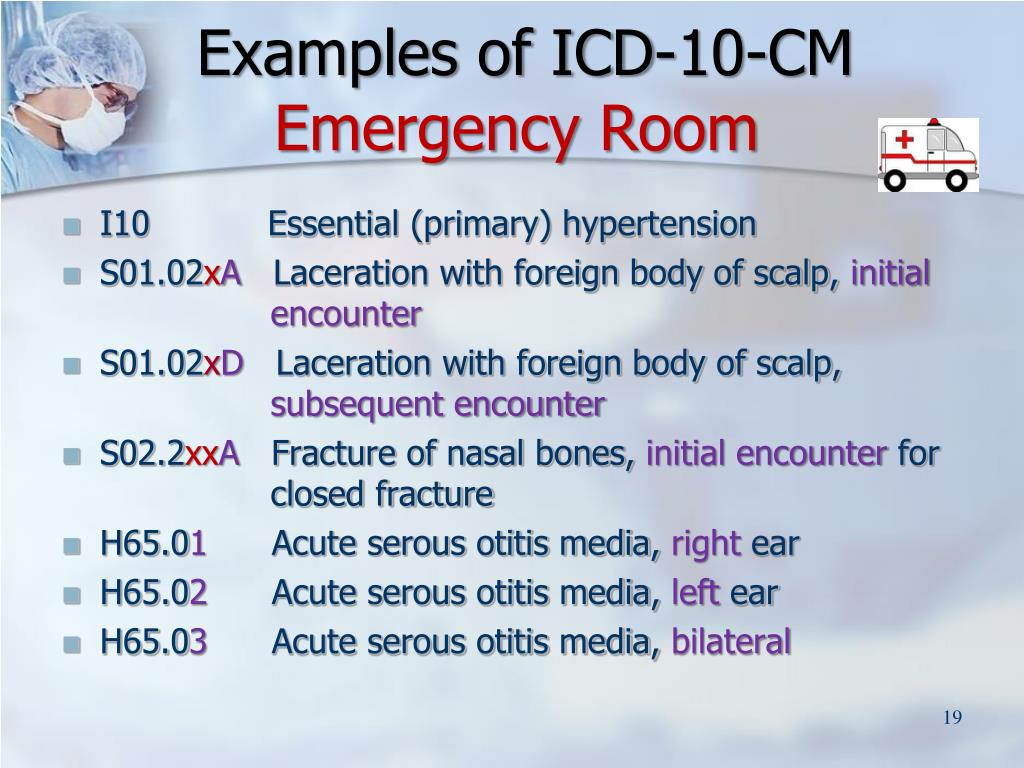 Learn more about diagnosing bipolar affective disorder. nine0003
Learn more about diagnosing bipolar affective disorder. nine0003
Bipolar depressive disorder: recovery prognosis
Bipolar affective disorder (manic-depressive psychosis) with timely treatment has a favorable prognosis. BAD therapy includes three main areas:
- Relief of an acute condition - medical treatment on an outpatient or inpatient basis, if there are indications for hospitalization.
- Supportive therapy for the patient for the purpose of rehabilitation and relapse prevention - includes psychotherapy, drug therapy, additional general therapeutic procedures according to indications (physiotherapy, massage, exercise therapy). nine0032
- Working with relatives and friends of the patient for their rehabilitation and raising awareness about the features of the disease.
The effectiveness of treatment is determined by the accuracy of diagnosing the disease, which is often difficult due to long intermissions (periods of "calm" between attacks).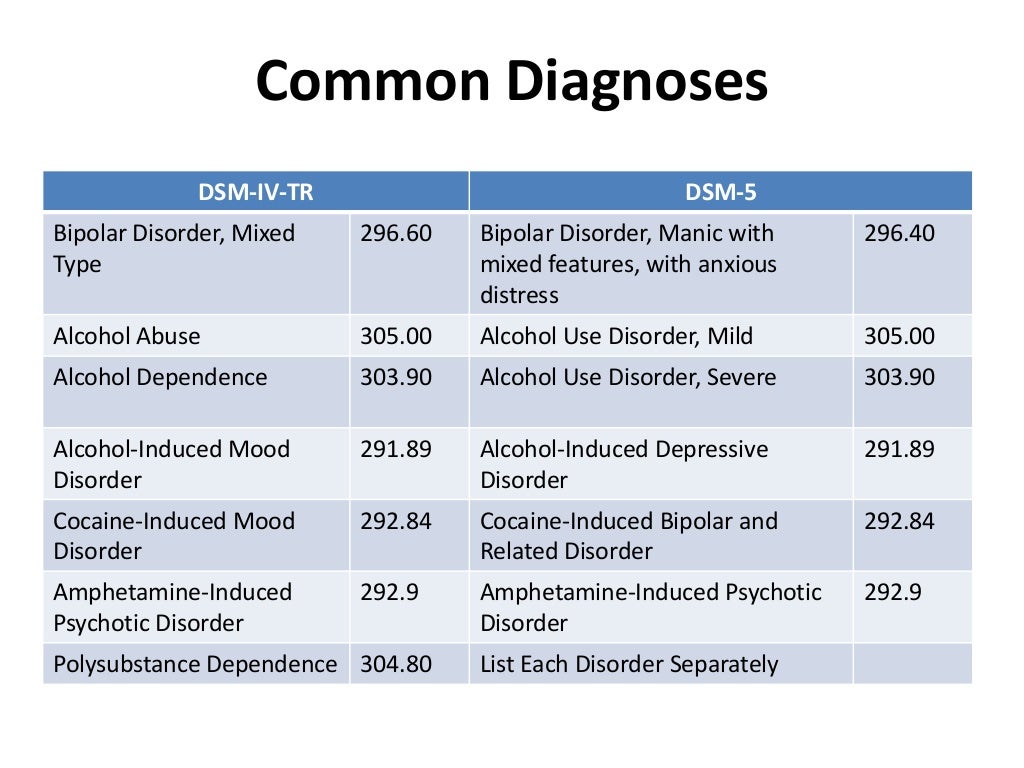 As a result, the phases of the disease are mistaken for separate disorders or for the debut of another mental illness (for example, schizophrenia). Reliable differential diagnosis can only be carried out by a specialist - a psychiatrist. nine0003
As a result, the phases of the disease are mistaken for separate disorders or for the debut of another mental illness (for example, schizophrenia). Reliable differential diagnosis can only be carried out by a specialist - a psychiatrist. nine0003
Important
In the absence of treatment, the duration of "light" intervals decreases, and the affective phases, on the contrary, increase, while the affect can become monopolar. An affective disorder in this case takes on the character of a prolonged depression or mania.
Bipolar affective disorder, if promptly sought medical help, responds well to treatment. BAD therapy has its own characteristics depending on the individual clinical picture and the current phase of the disease. Started during the current affective episode or during interphase, correctly prescribed treatment allows you to achieve stable and long-term remission with full recovery of working capacity and social adaptation. Learn more about treating bipolar affective disorder.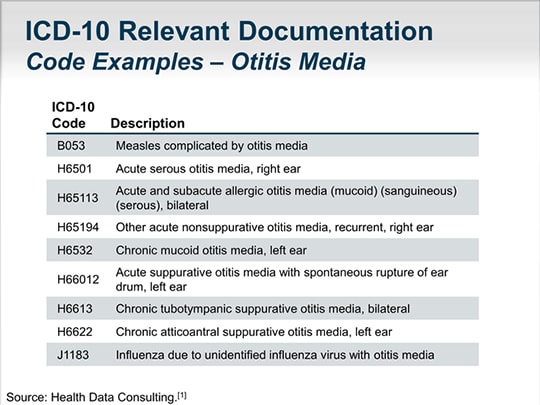 nine0003
nine0003
Bipolar affective disorder is a severe mental illness, it is it that “dictates” certain forms of behavior and actions to the patient. It is important for close people to understand that they are not dealing with the bad, eccentric or quick-tempered character of a family member, but with manifestations of a serious illness that, for the duration of the episode, completely takes control of the personality and torments the sick person no less than he torments those around him.
F31 Bipolar affective disorder...
- F31.0 Bipolar affective disorder, current episode of hypomania
- F31.1 Bipolar affective disorder, current episode of mania without psychotic symptoms nine0032
- F31.
 2 Bipolar affective disorder, current episode of mania with psychotic symptoms nine0031 F31.3 Bipolar affective disorder, current episode of mild or moderate depression
2 Bipolar affective disorder, current episode of mania with psychotic symptoms nine0031 F31.3 Bipolar affective disorder, current episode of mild or moderate depression - F31.4 Bipolar affective disorder, current episode of severe depression without psychotic symptoms nine0032
- F31.5 Bipolar affective disorder, current episode of severe depression with psychotic symptoms nine0031 F31.
- F31.7 Bipolar affective disorder, current remission nine0032
- F31.8 Other bipolar affective disorders nine0031 F31.9 Bipolar affective disorder, unspecified
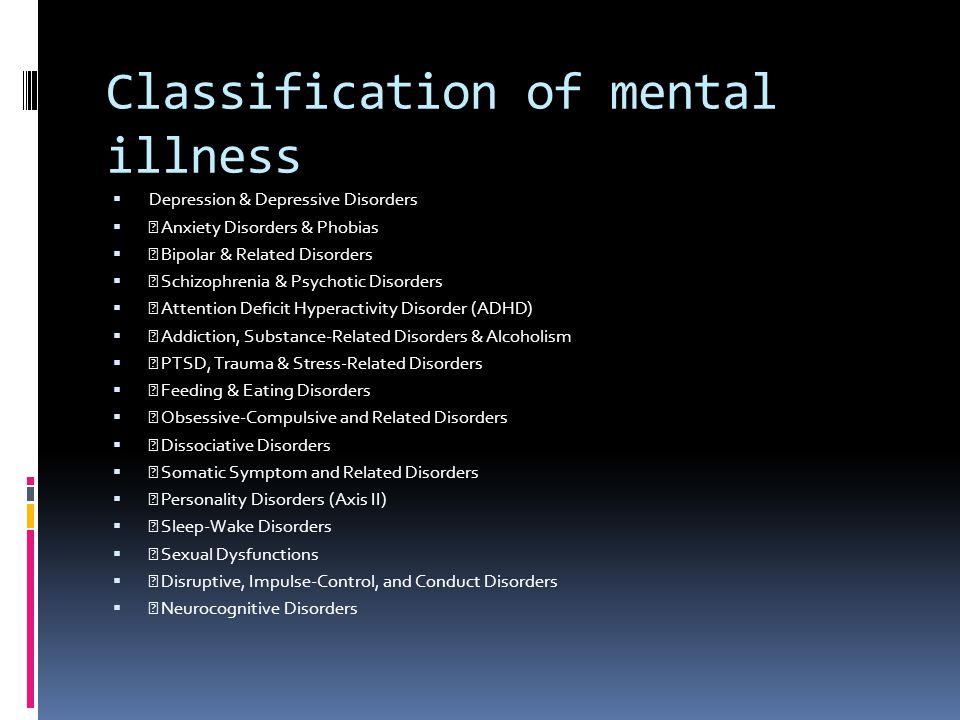 6 Bipolar affective disorder, current episode mixed
6 Bipolar affective disorder, current episode mixed - Choice of drugs nine0031 Description
- Synonyms
- Psychosis manic-depressive nine0032
- Bipolar disorders
- Depressive episode of bipolar disorder nine0032
- Affective insanity
- Bipolar disorder nine0032
- bipolar psychosis
- Manic depressive syndrome nine0032
- Bipolar Disorders
- affective bipolar psychosis nine0032
- Intermittent psychosis
- Manic-melancholic psychosis nine0032
- Circular psychosis
- Cyclophrenia nine0032
- Bipolar mood disorders
You can choose the drug using filters. To see the list of medicines included in subgroups, check the box “include drugs in subgroups”. By clicking on icon , you can add a drug to favorites and check for duplicates and drug interactions.
To see the list of medicines included in subgroups, check the box “include drugs in subgroups”. By clicking on icon , you can add a drug to favorites and check for duplicates and drug interactions.
Bold indicates medicines included in the reference books of the current year. Next to the name of the drug, the weekly level of the information demand index (an indicator that reflects the degree of consumer interest in information about the drug) can be indicated.
Reset filters
include subgroup drugs nine0003
Pharmgroup * All pharmaceutical groups Antidepressants Antipsychotics Nootropics Normotimics Antiepileptics
Active ingredient * All DV Aripiprazole Valproic acid Ziprasidone Imipramine Carbamazepine Quetiapine Clozapine Lamotrigine Levomepromazine Lithium carbonate Mianserin Mirtazapine Olanzapine Paroxetine Risperidone Phenylpiracetam Chlorpromazine
Lec. form All lek. forms of granules of prolonged action granules with prolonged release dragee drops for oral administration capsules capsules enteric capsules soft solution for intravenous administration solution for intravenous and intramuscular administration solution for infusion and intramuscular administration oral solution syrup syrup for children substance-powder tablets tablets dispersible tablets for lozenges chewable/dispersible tablets prolonged release, film-coated tablets long-acting tablets, film-coated tablets soluble/chewable tablets, prolonged release, film-coated tablets, orally dispersible tablets, enteric-coated tablets, coated tablets, film-coated nine0003
form All lek. forms of granules of prolonged action granules with prolonged release dragee drops for oral administration capsules capsules enteric capsules soft solution for intravenous administration solution for intravenous and intramuscular administration solution for infusion and intramuscular administration oral solution syrup syrup for children substance-powder tablets tablets dispersible tablets for lozenges chewable/dispersible tablets prolonged release, film-coated tablets long-acting tablets, film-coated tablets soluble/chewable tablets, prolonged release, film-coated tablets, orally dispersible tablets, enteric-coated tablets, coated tablets, film-coated nine0003
Dosage All dosages 0.25 mg 0.5 mg 1 mg 1 mg/ml 10 mg 100 mg 100 mg/ml 1000 mg 15 mg 150 mg 2 mg 2.5 mg 20 mg 200 mg 25 mg 25 mg/ml 250 mg 3 mg 30 mg 300 mg 300 mg /ml 4 mg 40 mg 400 mg 5 mg 50 mg 50 mg/ml 500 mg 6 mg 60 mg 7.5 mg 750 mg 80 mg No dosage
Manufacturer All manufacturers AVVA RUS AO ALKALOID AD Skopje ALSI Pharma AO ALSI Pharma ZAO Avexima Sibir OOO Adamed Pharma AO Actavis AO Alembic Pharmaceuticals Limited Alium AO Alkaloid Arpimed OOO AstraZeneca AstraZeneca Pharmaceutical Co. Ltd. AstraZeneca Pharmaceuticals LP Aurobindo Pharma BELUPO, drugs and cosmetics, d.d. .Pharma GmbH Herot Pharmaceutical GmbH Glaxo Wellcome Operations Glaxo Operations UK Limited GlaxoSmithKline Pharmaceuticals Grindeks AO Dalchimpharm Genepharm S.A. Izvarino Pharma LLC Ind-Swift Laboratories Limited Indeko Remediz Ltd. Interpharma Ltd. Irbitsky Chemical-Pharmaceutical Plant OJSC Krka Krka Polska Sp.z.o.o Krka-Rus Canonpharma Production CJSC Catalent Germany Eberbach GmbH Swindon Zidis Kern Pharma S.L. Kirov Pharmaceutical Factory AO Lilly S.A. Lilly del Caribe Inc. MAKIZ-PHARMA LLC Medisorb AO Medocemi Ltd. Merkle Moscow Endocrine Plant Federal State Unitary Enterprise Novartis (Bangladesh) Limited Novosibkhimfarm AO Novosibhimfarm OAO Obninsk Chemical and Pharmaceutical Company Ozon OOO Organika AO Organika OAO Organon Pliva Hrvatska d.o.o. Pfizer Ireland Pharmaceuticals Pfizer Manufacturing Deutschland R-Pharm SA R-Pharm Germany GmbH R.P.Scherer Rapharma SA Replek Pharm OOO Skopje Sun Pharma Laboratories Ltd.
Ltd. AstraZeneca Pharmaceuticals LP Aurobindo Pharma BELUPO, drugs and cosmetics, d.d. .Pharma GmbH Herot Pharmaceutical GmbH Glaxo Wellcome Operations Glaxo Operations UK Limited GlaxoSmithKline Pharmaceuticals Grindeks AO Dalchimpharm Genepharm S.A. Izvarino Pharma LLC Ind-Swift Laboratories Limited Indeko Remediz Ltd. Interpharma Ltd. Irbitsky Chemical-Pharmaceutical Plant OJSC Krka Krka Polska Sp.z.o.o Krka-Rus Canonpharma Production CJSC Catalent Germany Eberbach GmbH Swindon Zidis Kern Pharma S.L. Kirov Pharmaceutical Factory AO Lilly S.A. Lilly del Caribe Inc. MAKIZ-PHARMA LLC Medisorb AO Medocemi Ltd. Merkle Moscow Endocrine Plant Federal State Unitary Enterprise Novartis (Bangladesh) Limited Novosibkhimfarm AO Novosibhimfarm OAO Obninsk Chemical and Pharmaceutical Company Ozon OOO Organika AO Organika OAO Organon Pliva Hrvatska d.o.o. Pfizer Ireland Pharmaceuticals Pfizer Manufacturing Deutschland R-Pharm SA R-Pharm Germany GmbH R.P.Scherer Rapharma SA Replek Pharm OOO Skopje Sun Pharma Laboratories Ltd.